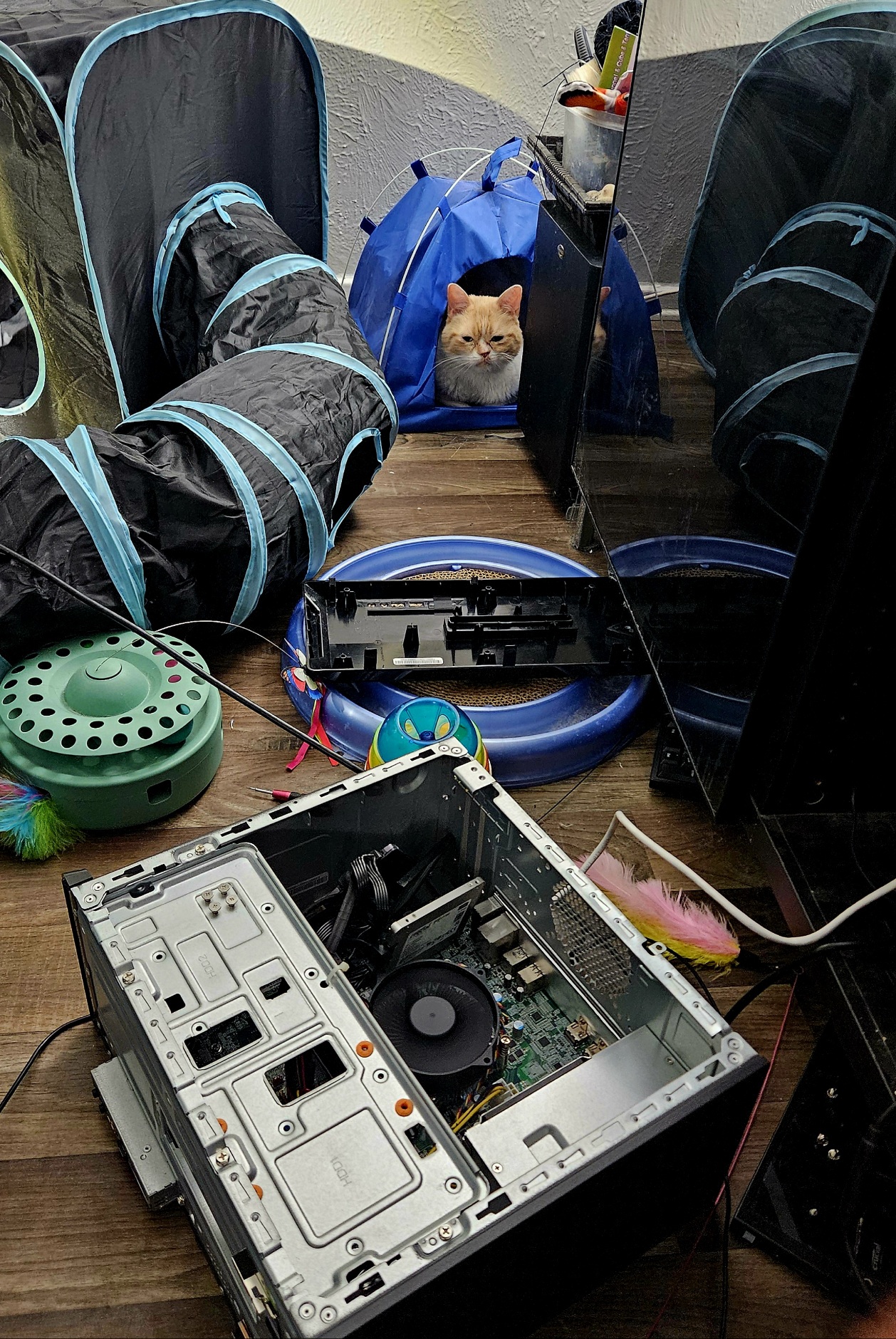There is no way to get acceptable IOPS out of HDDs within Proxmox. Your IO delay will be insane. You could at best stripe a ton of HDDs but even then one enterprise grade SSD will smoke it as far as performance goes. Post screenshots of your current Proxmox HDD/SSD disk setup with your ZFS pool, services, and IO delay and then we can talk. The difference that enterprise gives you is night and day.
minnix
Yes you don't need Proxmox for what you're doing.
ZFS absolutely does not require them in any way.
Who said it does? Also regarding Proxmox:
https://forum.proxmox.com/threads/consumer-grade-ssds.141190/post-632197
Looking back at your original post, why are you using Proxmox to begin with for NAS storage??
For ZFS what you want is PLP and high DWPD/TBW. This is what Enterprise SSDs provide. Everything you've mentioned so far points to you not needing ZFS so there's nothing to worry about.
Yes I'm specifically referring to your ZFS pool containing your VMs/LXCs. Enterprise SSDs for that. Get them on ebay. Just do a search on the Proxmox forums for enterprise vs consumer SSD to see the problem with consumer hardware for ZFS. For Proxmox itself you want something like an NVME with DRAM, specifically underprovisioned for an unused space buffer for the drive controller to use for wear leveling.
ZFS is great, but to take advantage of it's positives you need the right drives, consumer drives get eaten alive as @scrubbles@poptalk.scrubbles.tech mentioned and your IO delay will be unbearable. I use Intel enterprise SSDs and have no issues.
If it's the same then after installing docker, creating a vaultwarden user, adding said user to docker group, and creating your vaultwarden directories, all that's left is to curl the install script and answer the questions it asks.
I use bitwarden and the setup was fairly standard with the helper script. I use my own isolated proxy for all my services so that was already built. I haven't used vaultwarden but if anyone that has used both can tell me the differences I could maybe help out.

I was asking them to post their setup so I can evaluate their experience with regards to Proxmox and disk usage.